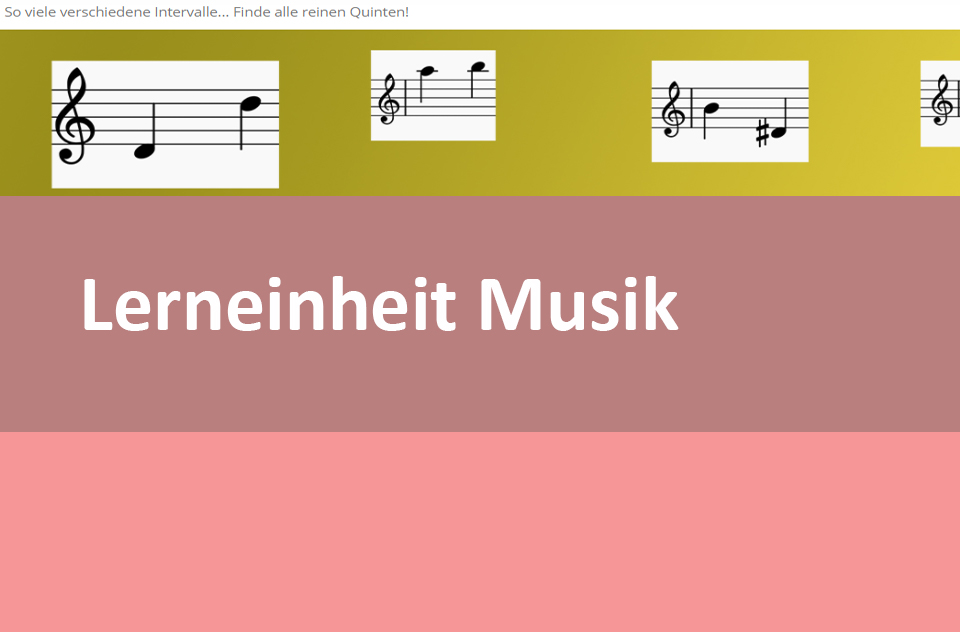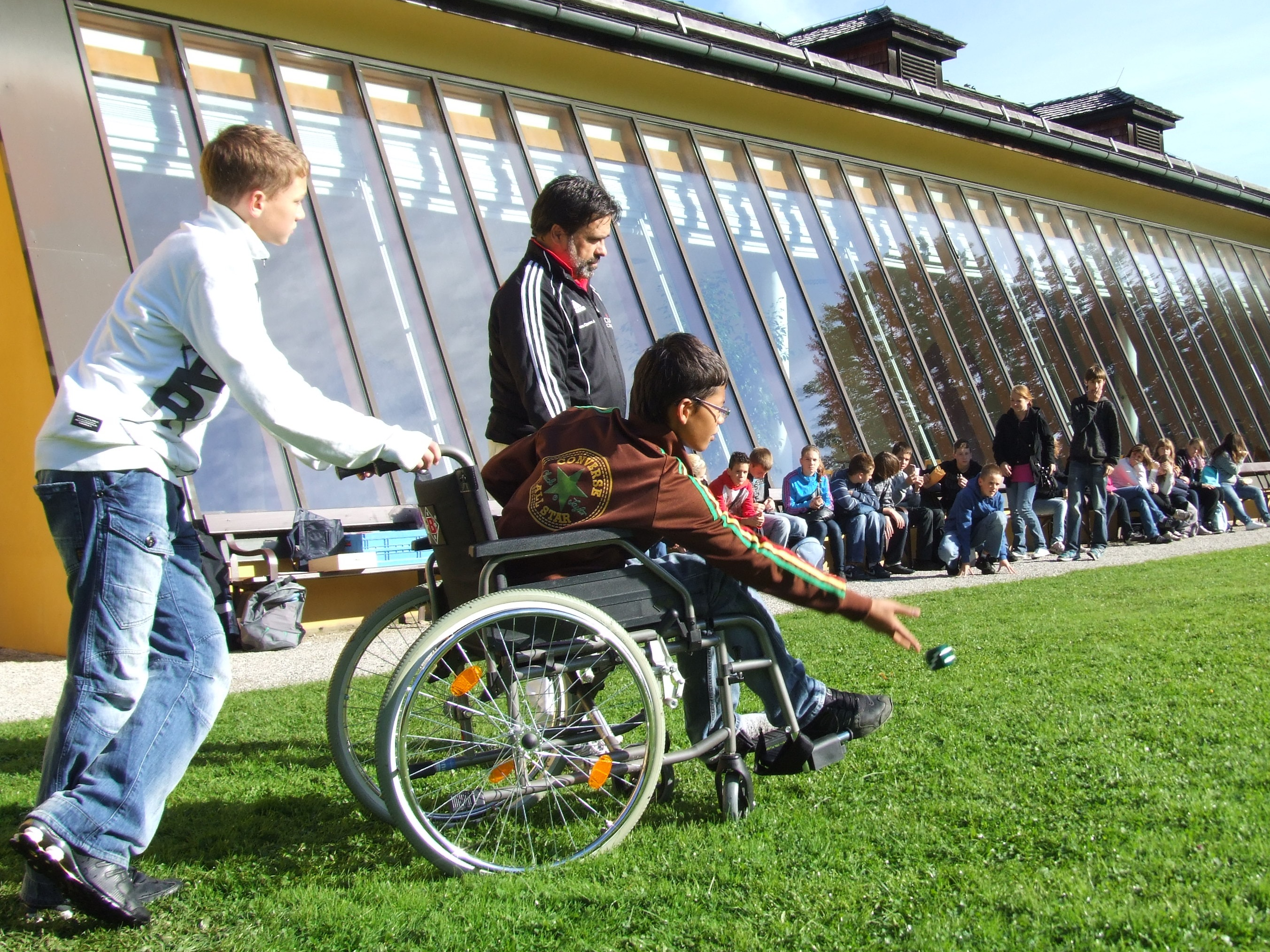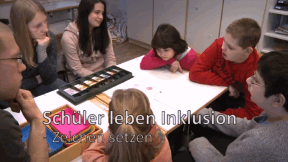
55502677
Intervalle, Akkorde, Tonleitern und Kadenzen bestimmen
In 9 interaktiven Aufgaben wird Wissen zur Bestimmung von Intervallen, Akkorden, Tonleitern und Kadenzen vermittelt und abgefragt.
Das Medium bietet H5P-Aufgaben an, die ohne zusätzliche Software verwendbar sind.
Durch interaktive Aufgabentypen wird das audiovisuelle und interaktive Lernen einfach.
Lernen macht jetzt Spaß!
Included Tasks
- I Intervalle bestimmen (aufwärts) - Interaktive Aufgabe
- II Intervalle bestimmen (abwärts) - Interaktive Aufgabe
- III Intervalle bestimmen (gemischt) - Interaktive Aufgabe
- IV Kopfnuss: Intervalle hören - Interaktive Aufgabe
- V Akkorde analysieren: Dur/Moll - Interaktive Aufgabe
- VI Akkorde Analysieren: Dur; Moll; Übermäßig; Vermindert + Umkehrungen - Interaktive Aufgabe
- VII Akkorde hören (Dur; Moll; Übermäßig; Vermindert) - Interaktive Aufgabe
- VIII Tonleitern unterscheiden - Interaktive Aufgabe
- IX Tonleitern bestimmen - Interaktive Aufgabe









